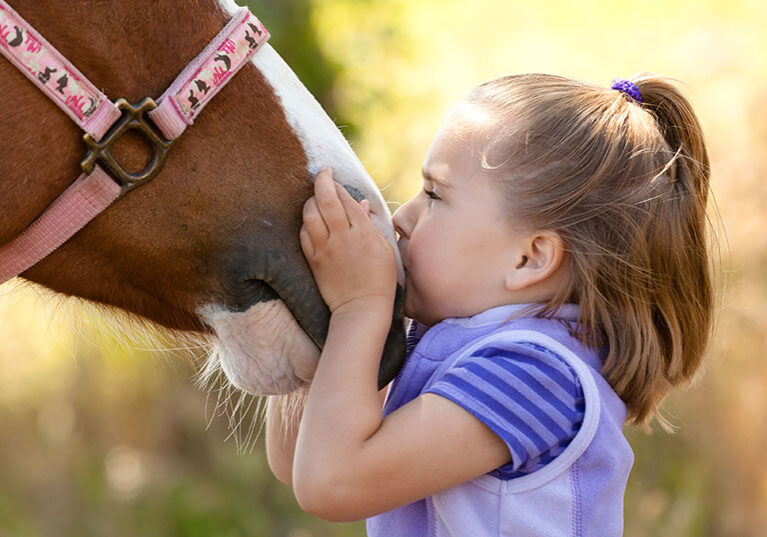You might already live a “greener” life by taking reusable shopping bags to the store, recycling newspapers and composting kitchen scraps. But what about your pets?
According to Stephanie Feldstein, author of The Animal Lover’s Guide to Changing the World, human over-consumption spills over to pets and wreaks havoc on the environment. She reminds us that everything comes with a production cost, whether it’s to our water system, our air quality or the destruction of wildlife habitat.
Feldstein advises pet parents to stick with the basics. Besides your love and attention, your pet needs a safe home, a comfortable place to sleep, a fresh bowl of water and nutritious food. “Toys keep pets active and mentally stimulated, food fuels their bellies and leashes keep them safe,” says Feldstein. “But Halloween costumes?”
To reduce your environmental footprint as a pet owner, follow these tips.
Prevent pet overpopulation.
The world doesn’t need unwanted litters; it needs homes for the animals that are already here. Spay or neuter your furry friend! Many shelters won’t let you adopt a pet unless it’s spayed or neutered. Spring for the fee to ensure your pet can’t reproduce or look for a low-cost spay/neuter clinic.
Millions of pets languish in shelters and rescue facilities just waiting for a forever home. Sadly, according to the American Society for the Prevention of Cruelty to Animals, approximately 1.5 million shelter animals— 670,000 dogs and 860,000 cats—are euthanized each year.
Visit your local animal shelter to find the perfect pet for your family and support the good work they’re doing. Not sure where to look? Go to petfinder.com

One of the volunteers at the Butte Human Society makes sure dogs waiting for new homes get lots of love. Photo by Amber Thompson.
Buy reusable and eco-friendly pet supplies
When you do buy pet products, look for green solutions made by eco-conscious companies. For example, when house-training your puppy, skip disposable “puppy pads” and use machine-washable ones. If you need grooming products, look for natural products safe for kids, pets and the environment. Baking soda goes a long way in eliminating pet odors.
Ditch the pet-waste bags
You don’t need to buy a special product to pick up dog or cat poop. Use a scoop to transfer backyard dog waste or cat litter box waste directly into a garbage bag already filled with trash. Or, use a sheet of newspaper to pick up poop. If you opt for bags, reuse those you get from stores.
When taking your dog for a walk, don’t leave pet waste on the ground. According to Tricia Lynn, Office of Public Affairs at the Environmental Protection Agency, it poses a risk to public health due to the bacteria it contains. Rain can wash pet waste into the storm drain and carry it to local bodies of water.
Bring your own pet bowl
While you do want to keep your pet hydrated when you’re out of the house, don’t waste money on disposable water bottles. Bring a water bowl from home to make sure your pet can take a drink wherever she goes.
Take a creative approach with pet toys and supplies
For pet toys, you might repurpose common household items to craft playthings for your pets, always keeping safety in mind.
If you’re handy with tools, you can build a scratching post from leftover wood, wrapping the post in rope. Cats also love to play hide and seek in empty cardboard boxes. With large ones, cut a few “windows” so they can really get into the game. Your favorite pet store owner may have some that would be destined for the trash or recycle bin, and would be happy to have you take them off his hands!
For dogs, a backyard stick or old tennis ball provides the perfect way to play fetch. And, at the pet store, spend some extra time to investigate toys that are eco-conscious and even double as chew sticks or treats.
For a comfortable pet bed, use an old, washable bed pillow for smaller animals, or fold up a washable blanket you already own. If you do buy beds from your favorite pet store, check to make sure it is made of sturdy materials that will last a long time. You might spend a bit more at first, but will save on replacements in the long term.
Buy often-used pet supplies in bulk
When you do purchase needed items such as cat litter or pet food, buy large bags and containers. Besides reducing your trips to the store which saves time and gas, buying in bulk cuts down on the packaging you’ll throw away. Some pet stores offer refillable cat litter stations where you can reuse the same container for buying more cat litter.
Follow the above tips and, with minimal effort, you can go green and take care of both your pet and the environment.
Eco-Friendly Guide to Pet Waste
- Always pick up after your pet.
- Avoid walking your pet near streams and other waterways. Instead, walk them in grassy areas, parks, or undeveloped areas.
- Inform other pet owners of why picking up pet waste is important and encourage them to do so.
- Take part in a storm drain marking program in your area to help make others aware of where pet waste and other runoff goes when not disposed of properly.
Source: Environmental Protection Agency
Posted in: Animals
Comment Policy: All viewpoints are welcome, but comments should remain relevant. Personal attacks, profanity, and aggressive behavior are not allowed. No spam, advertising, or promoting of products/services. Please, only use your real name and limit the amount of links submitted in your comment.
You Might Also Like...
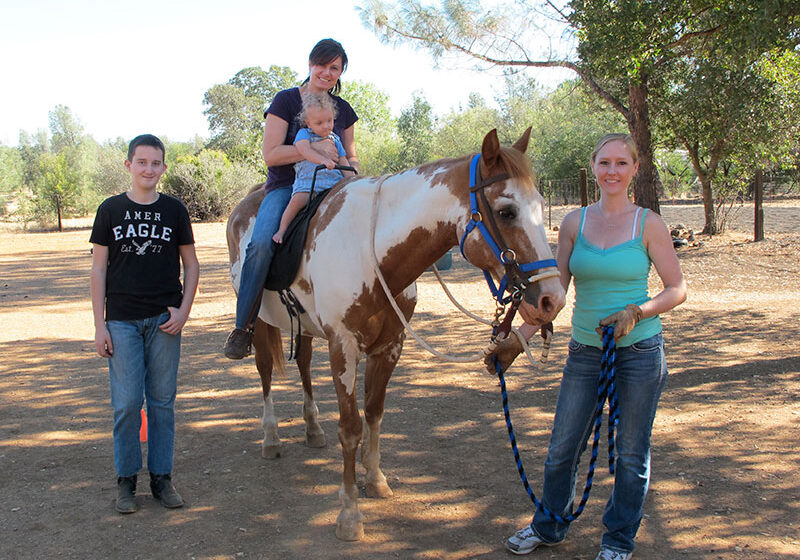
Special Horses Help Special People – Therapeutic Horseback Riding Benefits All Involved
Heather Parker, owner and founder of Hooves for Harmony in Anderson, is deeply passionate about therapeutic horseback riding. When asked how Hooves for Harmony has changed her life, she answers […]
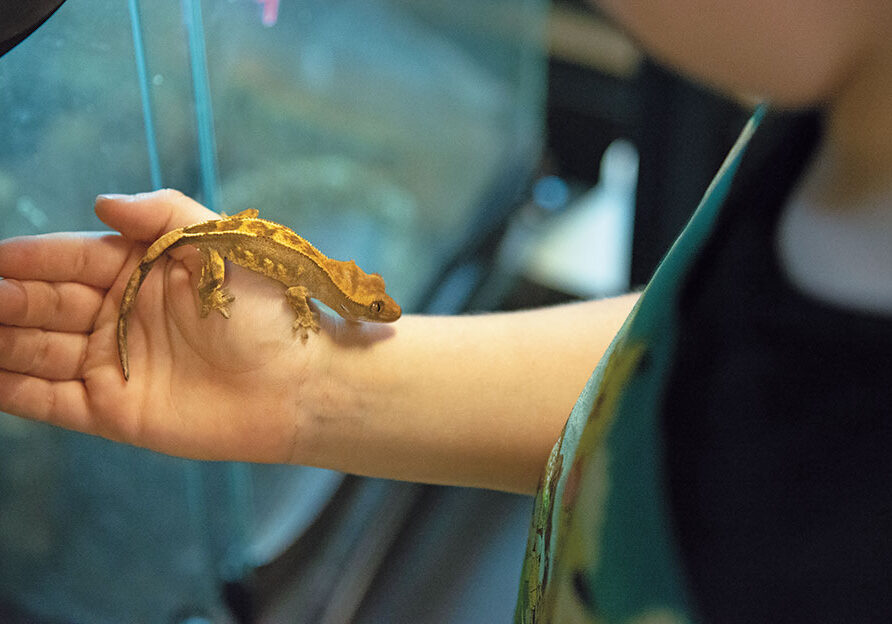
Choosing The Best Pet For Your Family
They’re cute and they can be cuddly, but how do you know what kind of pet would work best for your family? When deciding on the right pet for you, […]
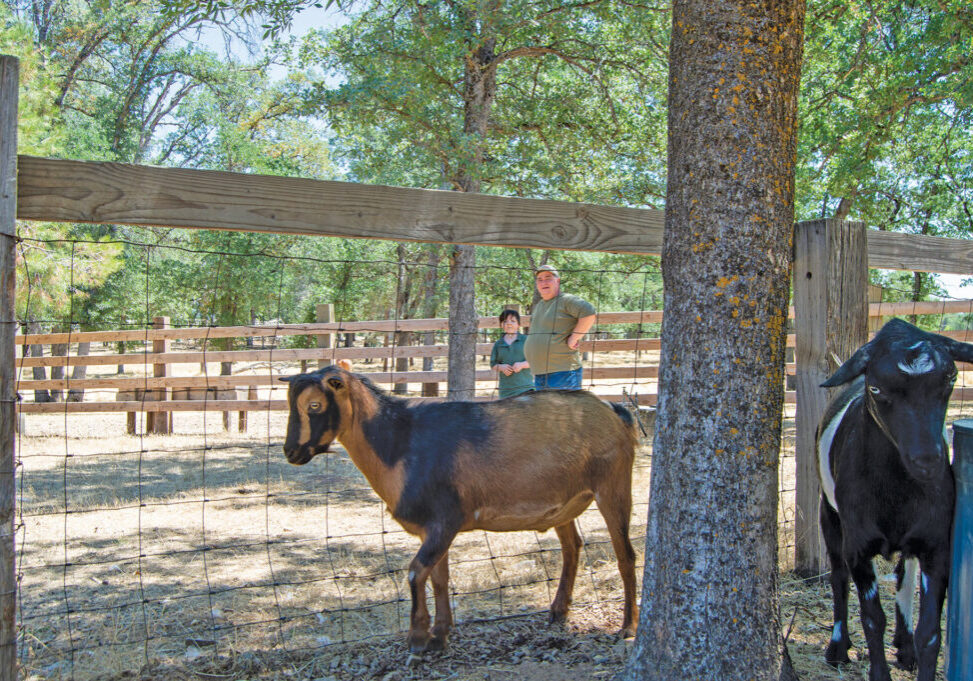
Children and Adults Find Healing and Connection at Roughout Ranch
“Everyone wants to be heard and to belong,” says Kathy Rutan-Sprague, Program Director at Roughout Ranch, nestled on 15 acres in the foothills just outside Redding. Here, children aged 2 […]
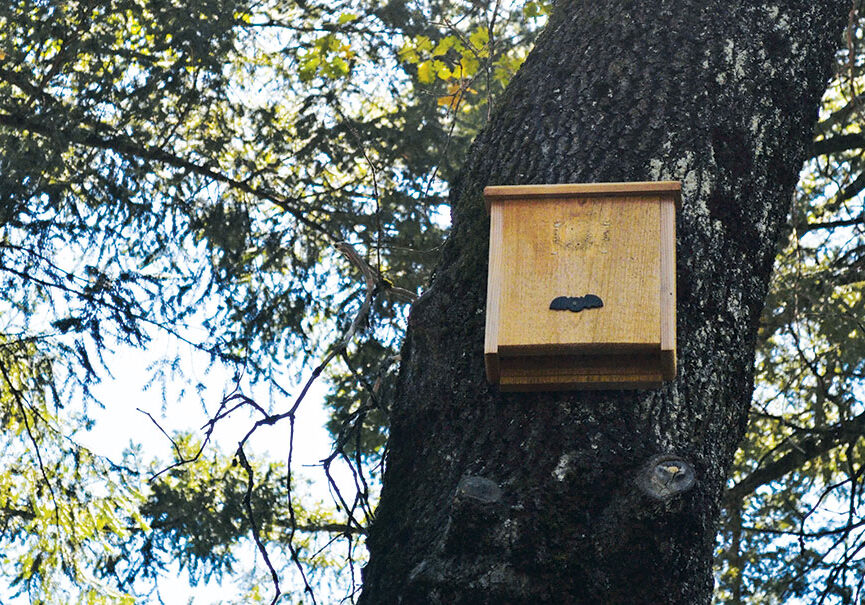
The Marvelous Misunderstood Bat
What hangs upside down, loves mosquitoes and sleeps all day? A bat, of course! Bats have been both revered and feared, by ancient and modern folk alike. They have carried […]


